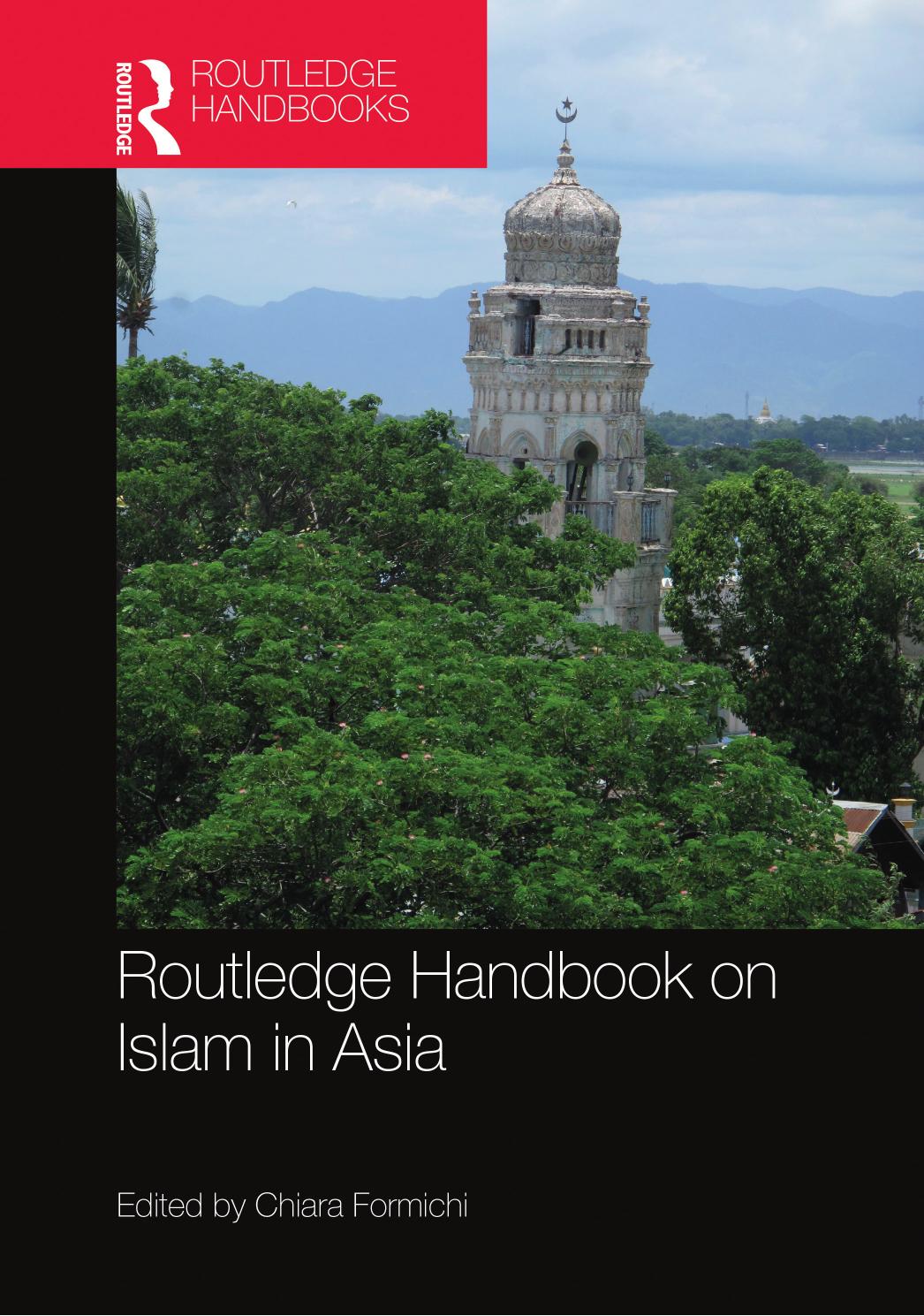Product desciption
Routledge Handbook On Islam In Asia Chiara Formichi by Chiara Formichi instant download after payment.
The Routledge Handbook on Islam in Asia offers both new and established scholarship on Muslim societies and religious practices across Asia, from a variety of interdisciplinary angles, with chapters covering South, Central, East and Southeast Asia, as well as Africaâ••Asia connections.Dislodging ingrained assumptions that Asia is at the periphery of Islam â•• and that Islam is at the periphery of Asiaâ••s cultural matrix â•• this handbook sets an agenda against the â••center-peripheryâ•• dichotomy, as well as the syncretism paradigm that has dominated conversations on Islam in Asia. It thus demonstrates possibilities for new scholarly approaches to the study of Islam within the â••Asian context.â••â••Dispelling the notion of Asia as a periphery to a Middle East-centered Muslim world, this groundbreaking volume looks to the many Asian communities that comprise 60% of the global Muslim population. From hagiography to finance, pilgrimage to law, these twenty-four essays explore multiple modes of being Muslim, in past and present, across all regions of the continent.â•• Nile Green, University of California, Los Angeles, USA â••This volume marks a turning point in the study of Islam, shifting the geographical scope towards the religionâ••s most populous regions and away from long-standing textualist tendencies. As Formichi rightly points out, there is much to be gained by expanding our frames of study, conceptions of authoritative practice and Islamic spaces, and understandings of what constitutes Muslim piety. Drawing from an outstanding network of scholars working in different regions and with varying methods, the Routledge Handbook on Islam in Asia decenters the study of Islam from its philological and Near Eastern roots and productively queries the categorical assumptions with which the field is typically associated...This volume definitively establishes that it is essential to include Islam in the analysis of Asian religions and that to study Islam, one must include Asia.â••Anna Bigelow, Stanford University, USAâ••Through a rich collection of work reflecting recent shifts in perspective on Muslim societies in the region, this book reframes approaches to the study of both Islam and Asian history in ways that highlight trans-regional diversity and complex dynamics of interaction. This forward looking state-of-the-field volume is a valuable new resource for scholars and students across a wide range of area specializations and academic disciplines.â••R. Michael Feener, Kyoto University, JapanPresenting work grounded in archival, literary, and ethnographic inquiry, contributors to this handbook lend their expertise to paint a picture of Islam as deeply connected to and influenced by Asia, often by-passing or reversing relationships of power and authority that have placed â••Arabâ•• Islam in a hierarchically superior position vis-Ã -vis Asia. This handbook is structured in four parts, each representing an emergent area of inquiry:
FramesAuthority and authorizing practicesMuslim spatialitiesImaginations of pietyThis ground-breaking handbook is a valuable resource to students and scholars of Asian studies, religious studies, and cultural studies more broadly.


